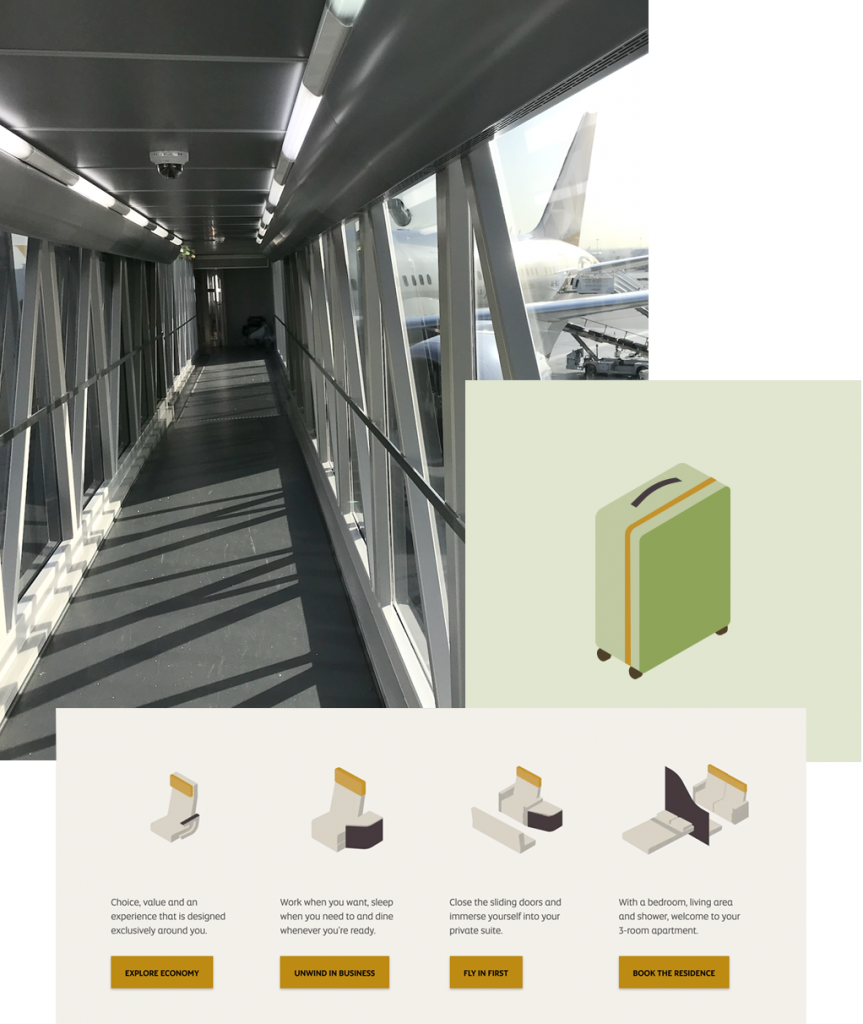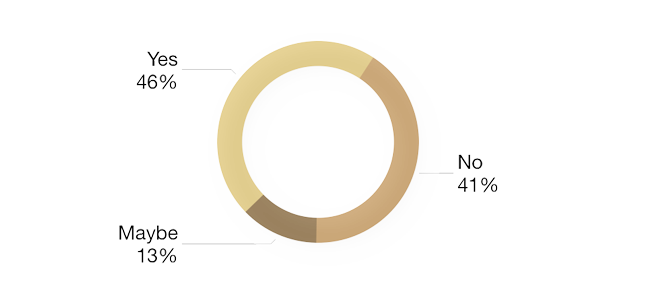The Airline Story
We worked for the national airline of the United Arab Emirates. As an airline, … has come a long way in a short time — just like its home, Abu Dhabi. From Abu Dhabi, the airline flies to passenger and cargo destinations in the Middle East, Africa, Europe, Asia, Australia, and North America. It is one of the world’s premier airlines, well-recognized for its first-rate services, dedicated crew, and comfortable flights.


















